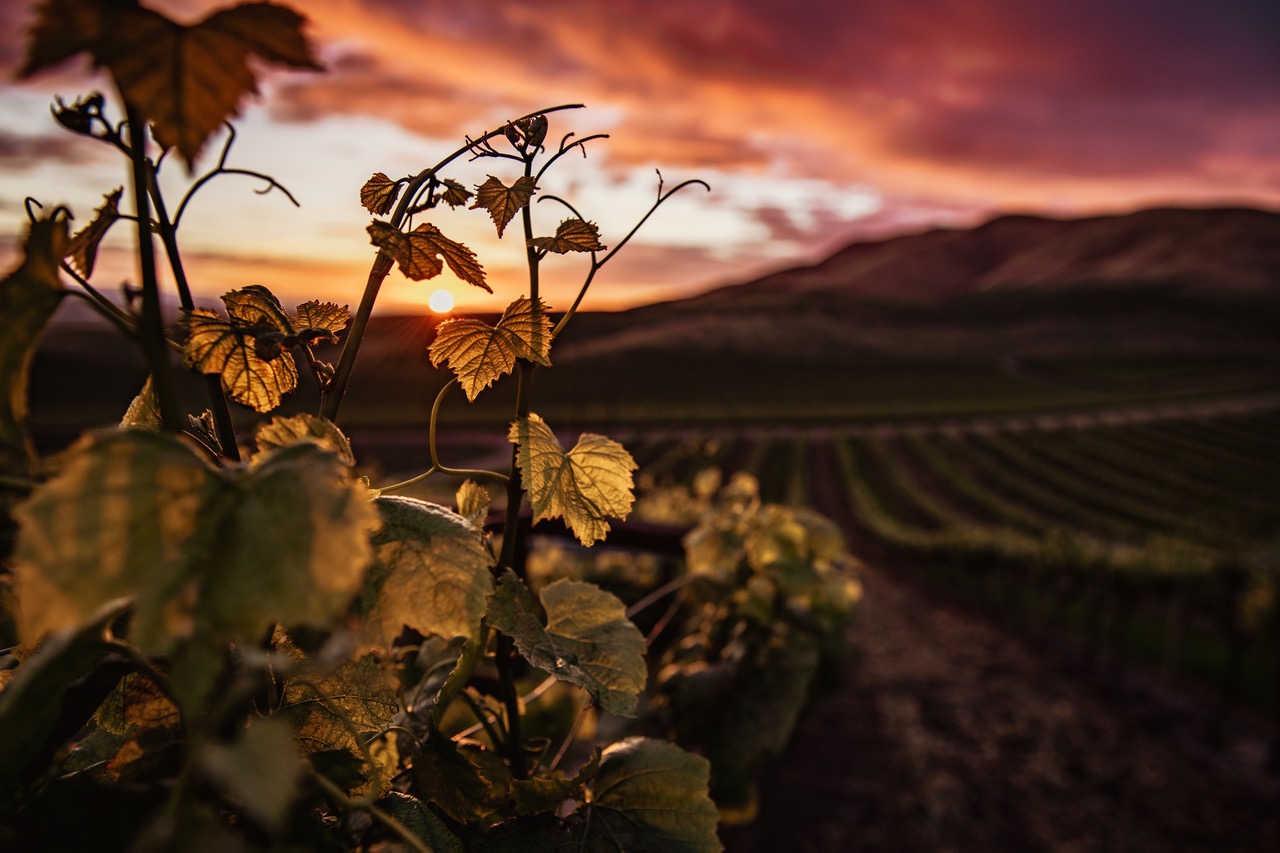Our estates located between the Douro and Côa rivers’ banks cover about 270 acres of vineyards, olive groves, almond trees, fruit trees, beehives, pastures, and Mediterranean forests.
In Foz Côa highlands and the Veiga valley, which goes from Foz Côa to the Douro river, we have estates in different locations, which allows us to have vineyards that differ in altitude, slope, soil type, sun exposure, grape varieties and ages.
Our vineyards, some centenary, are cultivated according to integrated environmental production systems with total respect for the environment, without any irrigation systems, which allow balanced productions and optimal extraction of each grape variety’s potential.
The significant differences in altitude, from 150 to 500 meters, the schist soils and a microclimate with extreme thermal variations make it possible to obtain grapes with excellent characteristics and unique terroirs.
The steep hillside vineyards, created in a hot and dry climate, provide grapes with more pronounced ripeness and those of higher and flatter lands, with a cooler and more humid climate produce grapes with more freshness and vivacity.
The predominant red varieties are Touriga Nacional, Touriga Franca,Tinta Roriz, Tinta Barroca, Tinto Cão, Tinta Amarela and Sousão.
In white varieties, Rabigato, Códega do Larinho, Gouveio, MoscatelGalego, Malvasia Fina and Viosinho are predominant.
The old vineyards, some centennial, are composed of dozens of different varieties, being the native and traditional varieties dominant. The mixture of grape varieties was intentional and, in red grape vineyards, there is usually a low percentage of white grape varieties.
These old vineyards give our wines a unique and unrepeatable character and singularity.
In some new vineyards, we continue to use this planting method to preserve this unique genetic heritage for future generations.



























 Português
Português